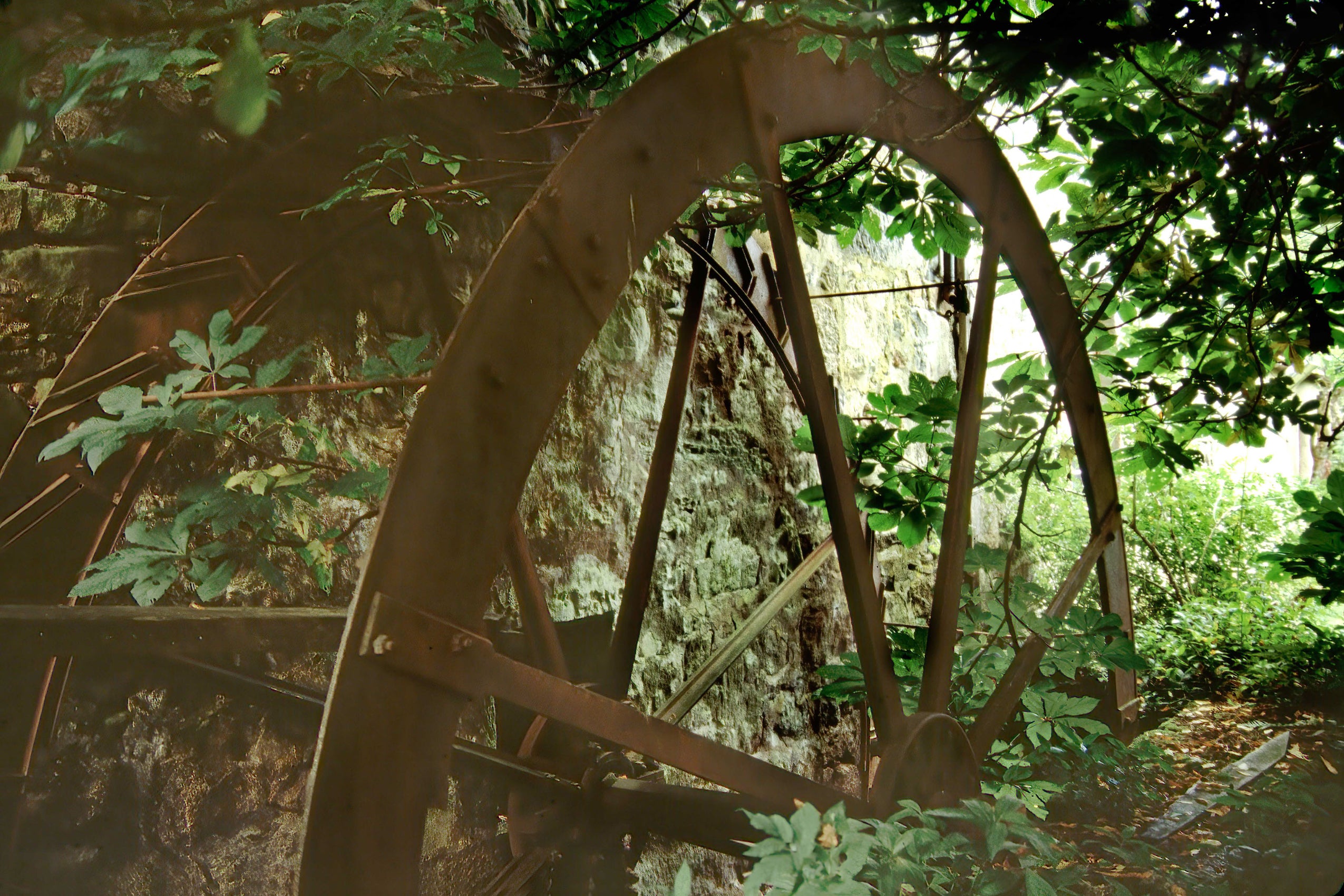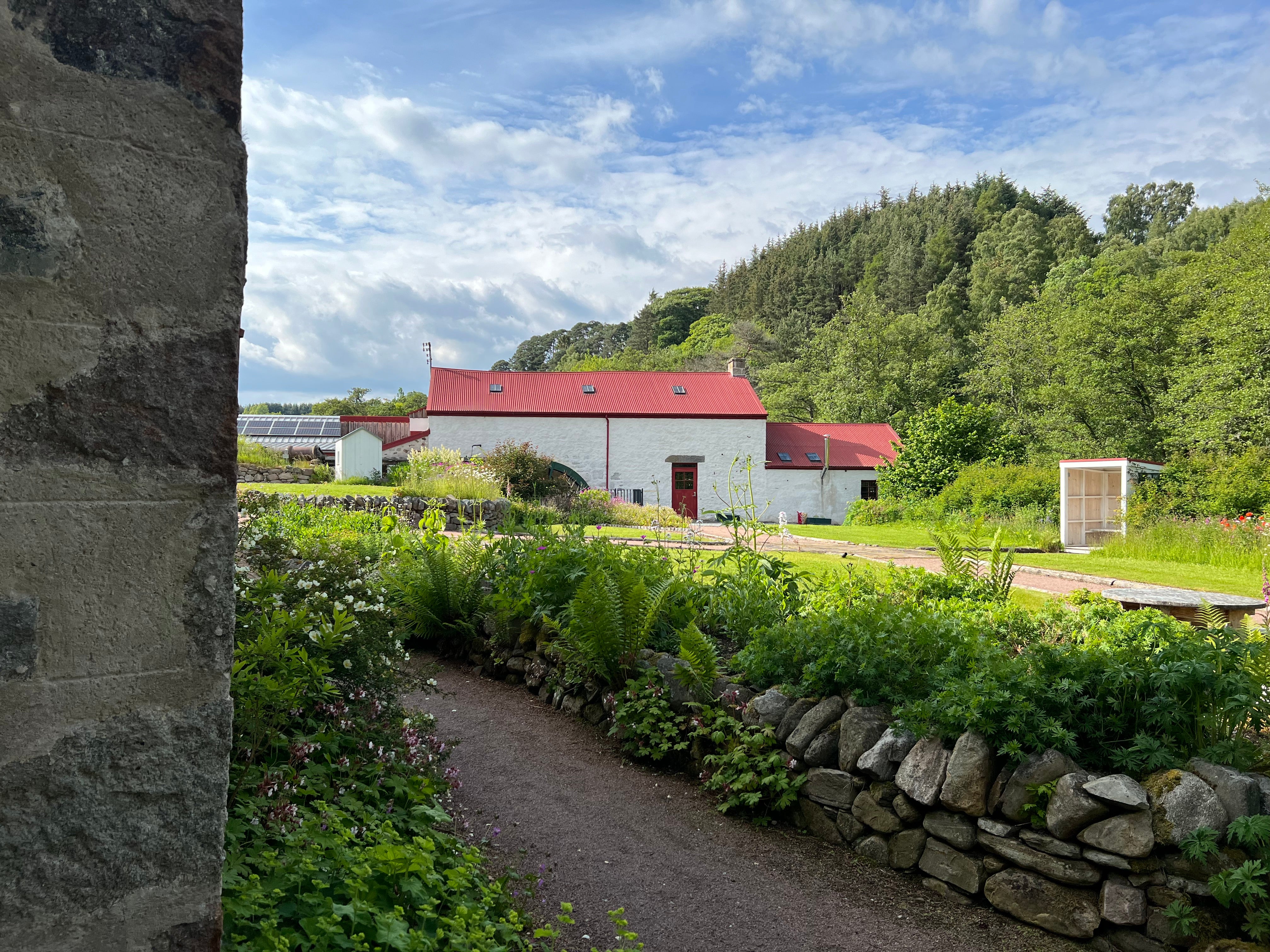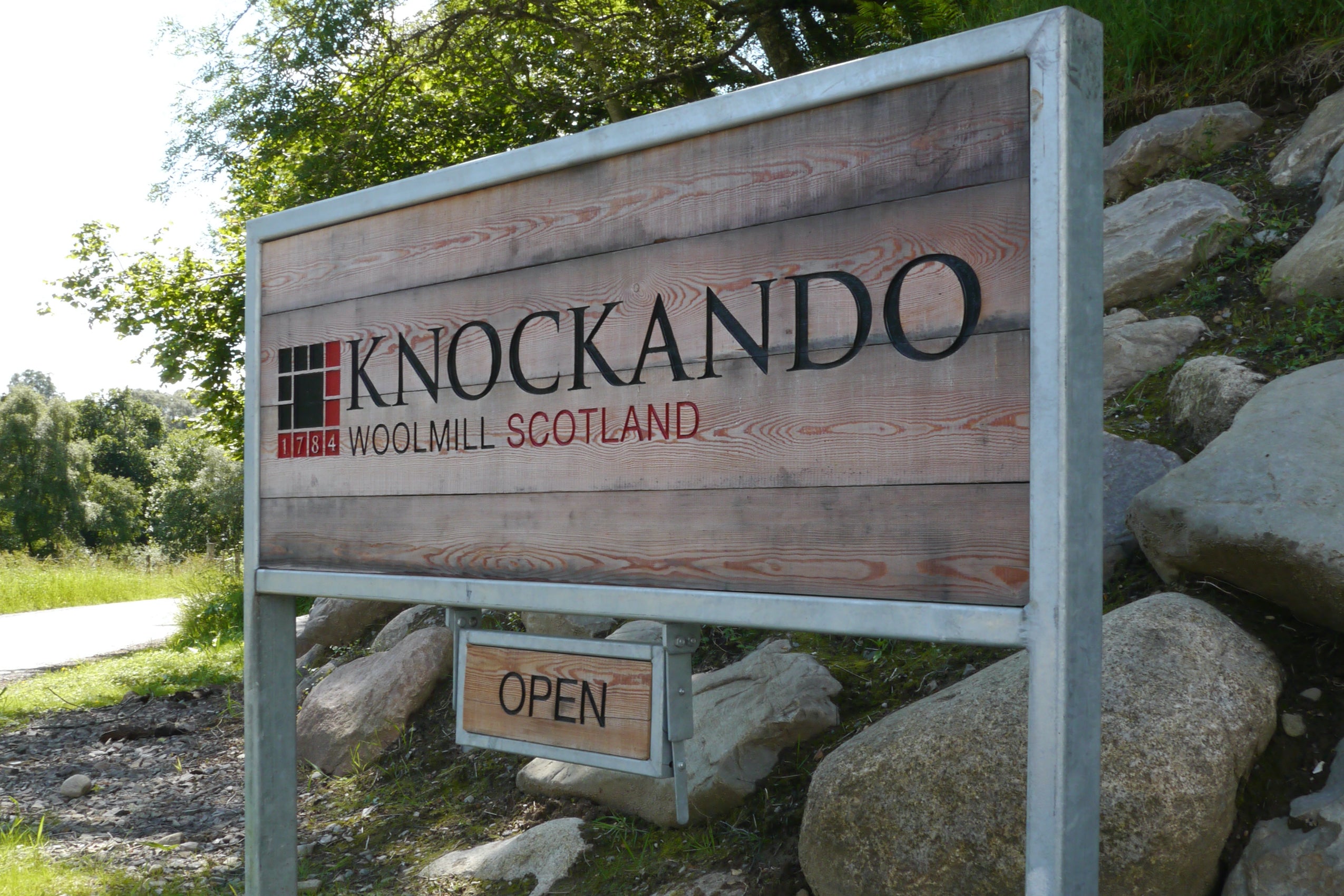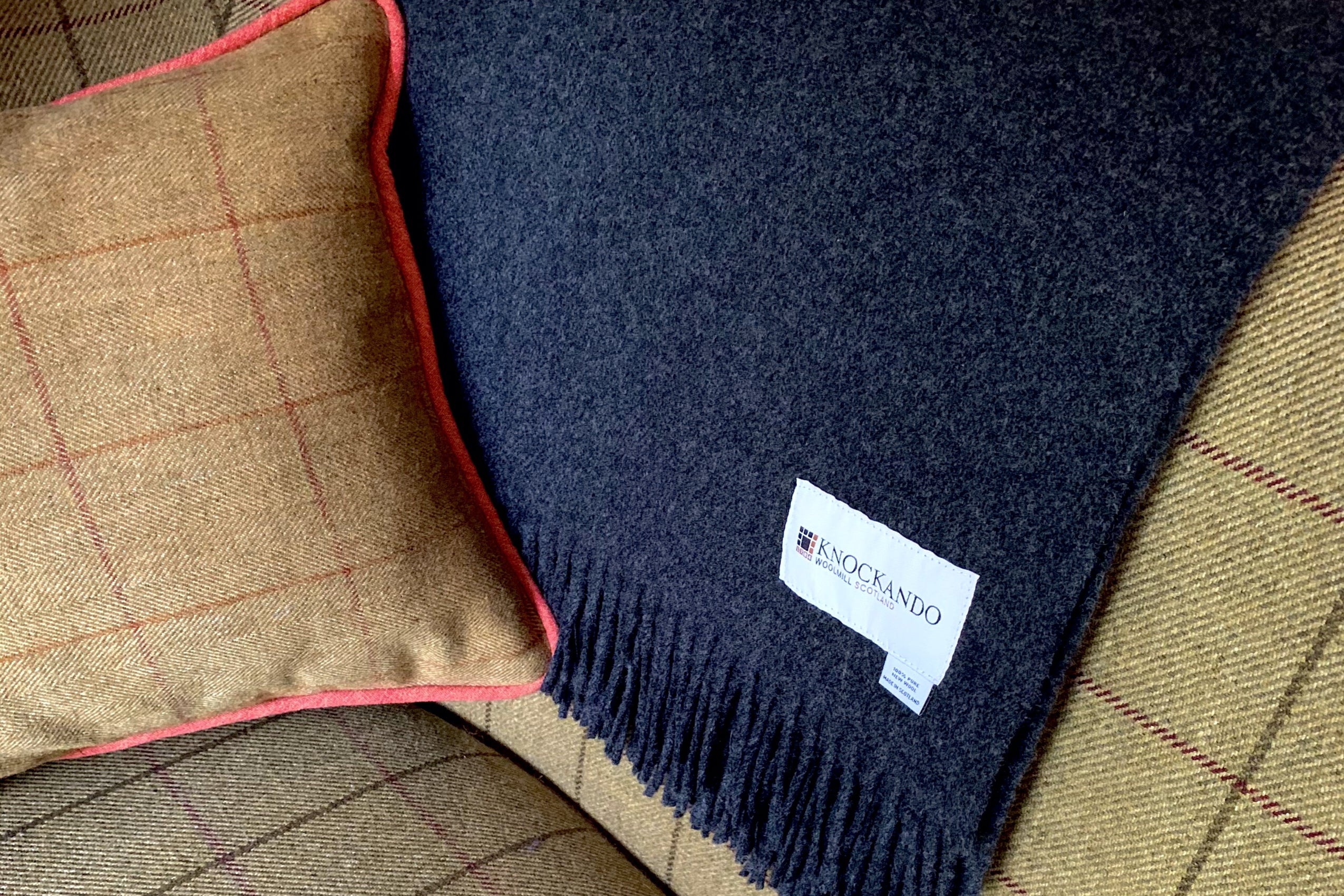
The Waterwheel



Click HERE to see the restored wheel turn for the first time.
Water Power
Opening the downstream sluice gate in the pond, which is located at the top of the Mill site, lets the water flow out at a controlled rate through a large earthenware lade pipe, or penstock, on a raised bank.

Andrew PK Wright Chartered Architect and Heritage Consultant reviews and explains the lade's structural design and significance in his 2006 Conservation Plan of the site,
'With the arrangement as it is, the course of the lade appears unnatural; the sharp bends, straight lines and earth banking to support the salt glazed ware socketed drainage pipes, would have been devised to suit the use of this technology as the preferred choice for an overland lade...... Given the restrictions of the pipe diameter, the elevated height was important to obtain the maximum efficiency, and hence power, to be gained from an overshot system. In all other respects, however, the elevated lade was an imposition, reducing the headroom critically at the principal route into the mill, and constraining freedom of movement between the two parts of what must have been previously a large, single field enclosure.'

The low opening in the bank, located between the visitor centre and the old Mill is called 'the Creepie', and provides the pedestrian route to the old Mill under the lade pipe.
The photograph below was kindly sent to us recently by Californian visitors and shows a rather overgrown 'Creepie' back in 1987.

HRH The Prince Charles, Duke of Rothesay 'creeps' through this opening when he officially opened the site in 2012.


The piped water emerges at the Mill in a wooden trough or launder which directs the water on to the top of the water wheel. The water from the launder falls onto the oak paddles at the top of the wheel and the weight pushes the wheel round. The momentum created keeps the wheel turning. The cast iron wheel originally came from Pitchroy three miles away and came in kit-form from the Morayshire foundry, Rhind and Sutter.
There is a sluice gate in the launder that is operated from within the Mill to 'dump' water in order to slow or stop the wheel.
The wheel turns on a horizontal axle that is connected to a series of gears inside the Mill linking to the machinery main shaft. At its fastest, the wheel will turn about 10 times a minute, turning the main shaft about 140 times.
As the wheel turns, the water in the buckets is dumped into the wheel pit and flows out into the tailrace back to the burn.
The Woolmill water wheel was never very efficient and extra power had to be supplied by a paraffin engine in the Mill. There could be too much water in flood times and not enough in the winter when the water was frozen. Ice often had to be knocked off the wheel paddles so it could turn.

We have recently removed the painted paddle signs displaying the names of people who kindly donated money for the restoration in 2012. These will be presented on a plaque at the entrance to the visitor centre.
After nearly 9 years of smooth operation we plan to refurbish the wheel this summer.



